Technology won’t save us. Nature can, if we help it.
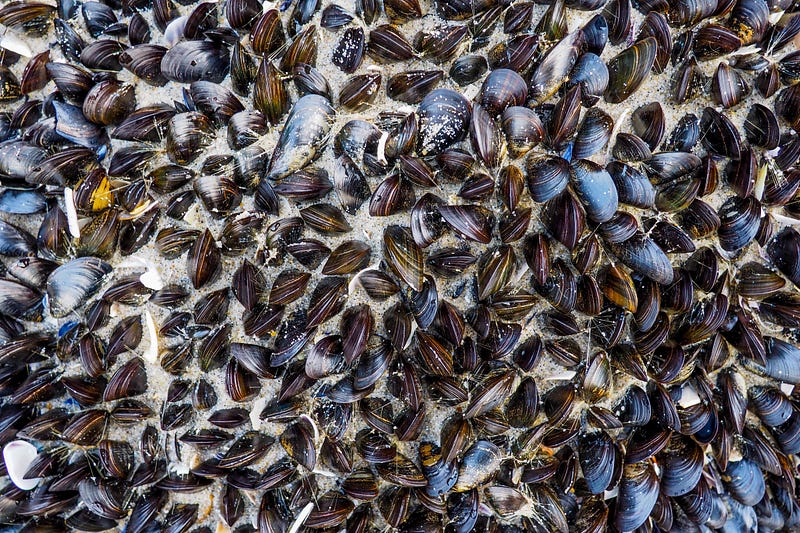
As heat waves kill animals and plants, and wildfires burn whole regions, how can we stop global warming and heal the planet? Technological fixes for climate change, for water shortages and famines aren’t working; indeed they usually seem to make things worse.
But Nature could still save herself if we take our feet off Her neck. Here are four ways creatures of land and sea work to maintain a healthy environment, and how we can help.
Shellfish against rising seas
Rising sea levels from melting glaciers and ice caps cause increased flooding on coast lines. The technological fix is to build concrete walls on the shore, but walls also keep out the organisms and nutrients that come in with each high tide, which shore creatures need. Concrete also does nothing to treat the carbon levels which drive global warming.
But shellfish do. In Bangladesh, the Netherlands, and Louisiana, fishermen and scientists have started reefs made of oysters, which grow, reproduce, protect the coast from flooding and become like coral reefs, providing homes for fish. Fishing has become much easier near the oysters, and land has stopped sinking beneath the waves.
Because they use carbon to make their shells of calcium carbonate, shellfish are among the few creatures actually benefiting from fossil fuel carbon emissions. The shells, sink to the bottom when they die, taking the carbon out of circulation.
The oyster reefs are a collaboration between science, indigenous people, and Nature. A lot has to be studied before devoting scarce resources, and in many cases the scientists ask the local people for answers to questions such as where to place the rocks that become the reefs.
Since the coastline constantly changes, working with shellfish means staying flexible and always willing to change, not trying to dominate. “It’s a dynamic process — not hard concrete,” says Aad Smaal, emeritus professor of sustainable shellfish culture at Wageningen University. “And that’s the new understanding of using natural forces to achieve our goals.”
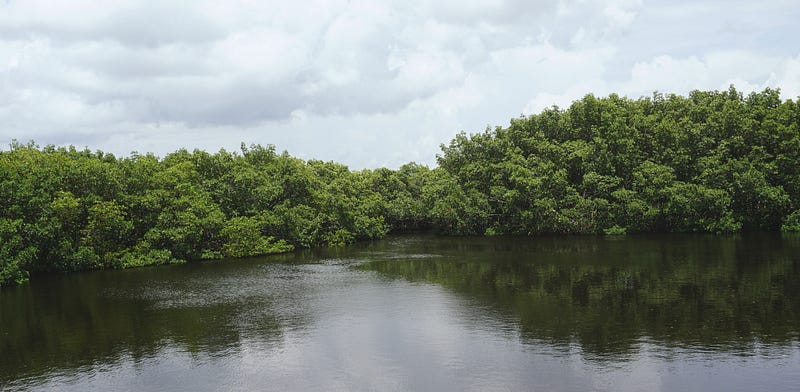
Mangrove forests
Mangroves are very special trees, some not much taller than shrubs, which can hold back the sea, desalinate water, and create habitat for plants and animals. They have the remarkable ability to grow in salt water or brackish water where other trees can’t. Even desert countries such as Saudi Arabia are creating mangrove forests on their shores. The forests filter out the salt and transpire the water into the air, which brings rain to the desert, creating farmland.
Mangroves also sequester way more carbon than other tree species. Groups like the surfer environmentalists at Sea-Trees.org and other groups are planting mangroves around the world. It’s the kind of physical work energetic, Earth-loving young people have time to do, older people can support financially, and indigenous people can guide with their knowledge and hire on to help.
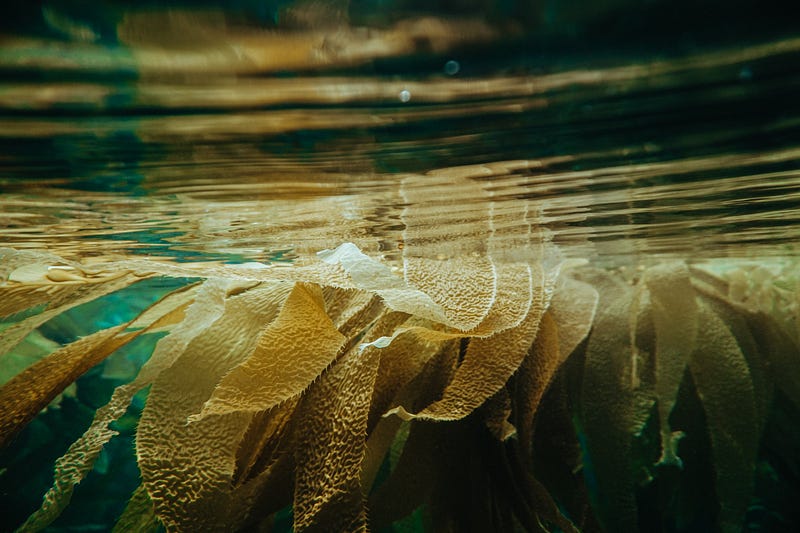
Seaweed soaks up carbon and provides habitat
People also plant vast beds of kelp and seaweeds, which can absorb carbon and then take it to the bottom of the sea, out of circulation. According to Sea-Trees, if kelp, mangrove, seaweeds and coral reefs were planted and cared for in all appropriate places, they could soak up 20 times the carbon of land-based forests, enough to significantly reduce global warming.
According to the Sierra Club, seaweed farming could conceivably scale up enough to offset the carbon produced by the aquaculture industry. “In addition to sequestering carbon,” they write, “seaweed can provide habitat for fish and mitigate local effects of ocean acidification. Unlike other forms of aquaculture, it doesn’t depend on inputs like fish feed or antibiotics that can throw local ecosystems out of whack.”
Coral reefs
Around the sea, coral reefs are being damaged or dying from water becoming warmer and more acidic. Groups such as Sea-Trees are planting new coral reefs in Bali and other tropical countries. Coral reefs are among the great incubators of life, so restoring coral allows plants to grow and absorb carbon, as well as fish, cephalopods and other animals.
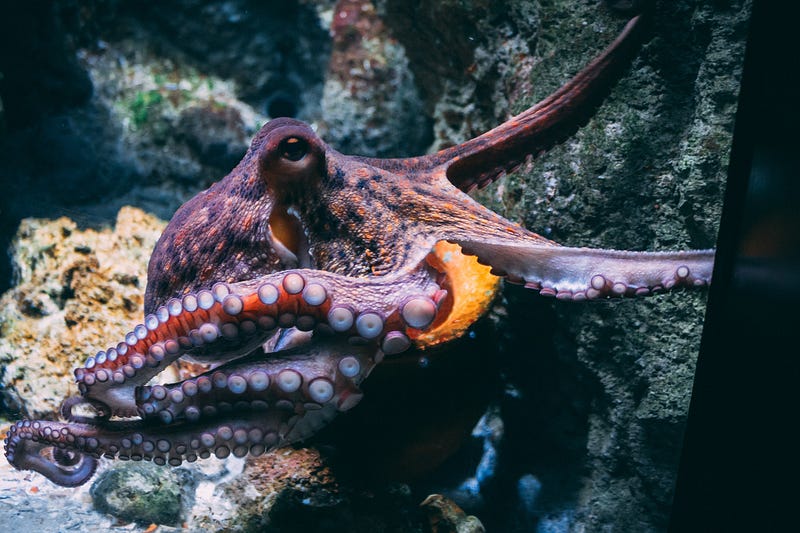
Swamps and marshes
“Wetlands,” the general term for swamps and marshes, also protect against flooding, sequester carbon, and provide homes to millions of creatures. According to the US Environmental Protection Agency, “Wetlands provide food and habitat for a diverse array of plants and animals, act as buffers to flooding and erosion, and serve as key links in the global water cycle. Because of their sponge-like ability to absorb water, wetlands can slow the momentum of flood waters or of a coastal storm surge.”
For indigenous people, swamps and marshes were rich sources of life that sustained them for millennia. When agriculturalists came from Europe, they saw swamps as wastelands to be cleared away to make room for farms. A lot of people make their living clearing swamps today, an ongoing environmental catastrophe. Robin Wall Kimmerer describes the incredible richness of swamp life in her book Braiding Sweetgrass.
But the swamps are mostly gone now in America. Once done, can swamp clearance be undone? Environmental groups have posted many web sites on creating wetlands. Almost every farm and forest could benefit from wetlands. Cities can , too— in China, these are called “sponge cities,” and bring water to whole areas. Creating wetlands is mainly about creating ponds and low areas that can hold runoff water. Nature will quickly fill it with reeds, trees, birds, bugs, and more.
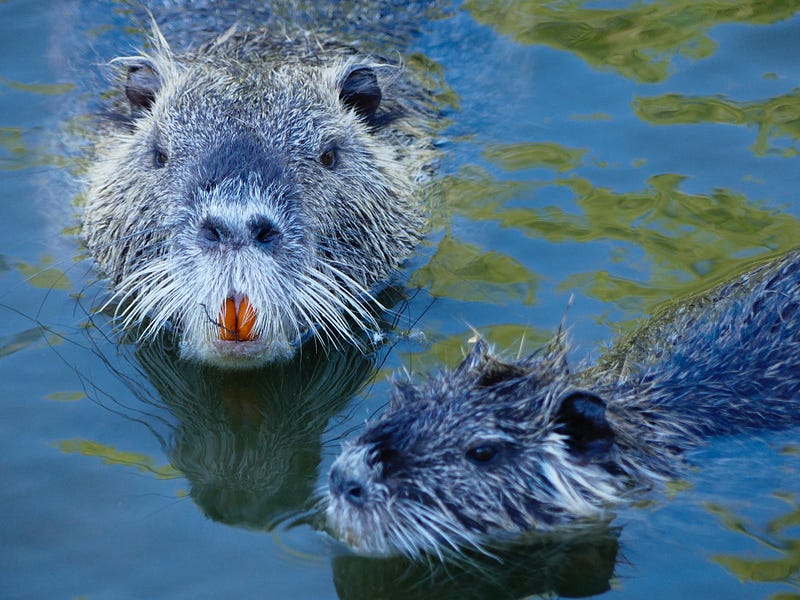
Animals help too
Beavers create wetlands on their own by damming up streams to create small floods. The water soaks in promoting lush growth of grasses and raising the water table for miles around.
Ranchers used to regard beavers as pests and killed them off, the same approach behind clearing swamps. The result was that their pastures dried out. Now some ranchers are bringing the beavers back and letting them operate, and the ranches have become far more productive.
You see a pattern here? Technological solutions don’t work well, because their goal is to maximize income and their strategy is to kill everything that gets in the way. Natural solutions heal, because everybody’s working together to maximize life. As indigenous ecologist A-dae Romero-Briones said, “Modern agriculture’s approach to healthy food goes like this: kill everything except the food you sell, so that nothing living goes inside your body.” There’s no place for germs, no place for bugs. But without the little ones, soil cannot continue to produce life. It wears out, whereas farmers working with nature in regenerative agriculture, make soil more productive the more it grows.
Can Nature do this on Her own?
Could sea and land practices like these prevent global warming? According to the UN Food and Agriculture Organization (FAO), soil regeneration could absorb up to 4 billion tons of carbon per year. That’s about 14% of the 31.5 billion tons per year emitted by industrial civilization. Seaweed such as kelp could also sequester 173 million metric tons annually, according to the Sierra Club. I suspect the number could be higher; the ocean is a big place. Forests on land can turn billions of tons of CO2 into wood every year as they grow.
Still, the Sierra Club analyzes, that would not be enough to counteract industrial pollution. “The most effective way to sequester carbon,” they write, “is to not release it in the first place. For example, scientists recently calculated that bottom trawling (a fishing method that involves scraping the ocean floor with giant nets) releases as much carbon into the atmosphere as the entire aviation industry does — about a billion metric tons a year. A global ban on trawling could accomplish today what kelp beds could only hope to do in the future.”
Clearly, technology can do good or evil, but in the service of profit, it’s usually evil. A lot of tech went into creating those bottom trawling ships. Now, companies are developing tech to remove carbon from the air, so they can make money coming and going. But according to University of Sidney professor Deanna D’Alessandro, PhD, carbon removal by technology (called Direct Air Capture (DAC) is an expensive dream, capable at most of removing a couple percent of annual emissions of CO2, burning tons of energy and costing lots of money, while doing nothing to maintain healthy environments in other ways.
But science and people working with Nature, creating reefs, wetlands, forests, regenerative farms and gardens could counteract a lot of technological harm. Life spreads; it grows; it recreates itself. Technology is powerful, but much better at destroying things than growing them.
You may have seen videos of people saving animals, like by disentangling them from fishing nets or 6-pack holders. Those videos are metaphors for what people can do. We must start undoing some of the damage industrial civilization has done. If we get to work, perhaps we can save the creatures and save ourselves.
— — — — — —
Thanks for reading! Please comment, share, or steal. Follow me on Twitter, on Facebook or on Medium.com. Hire me for freelancing, editing, or tutoring on Linked In
